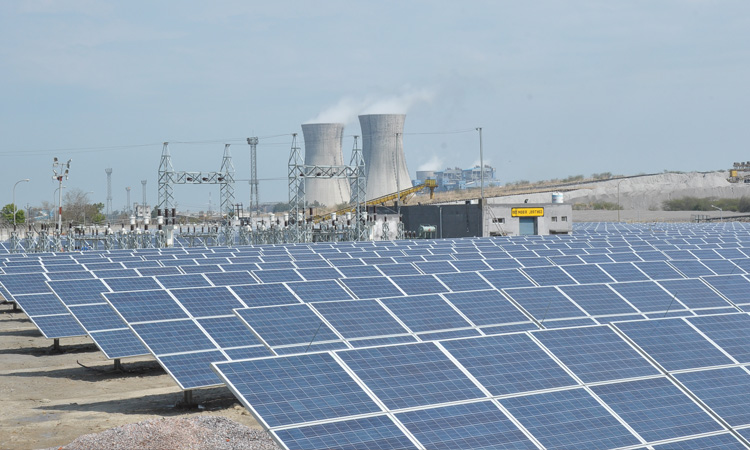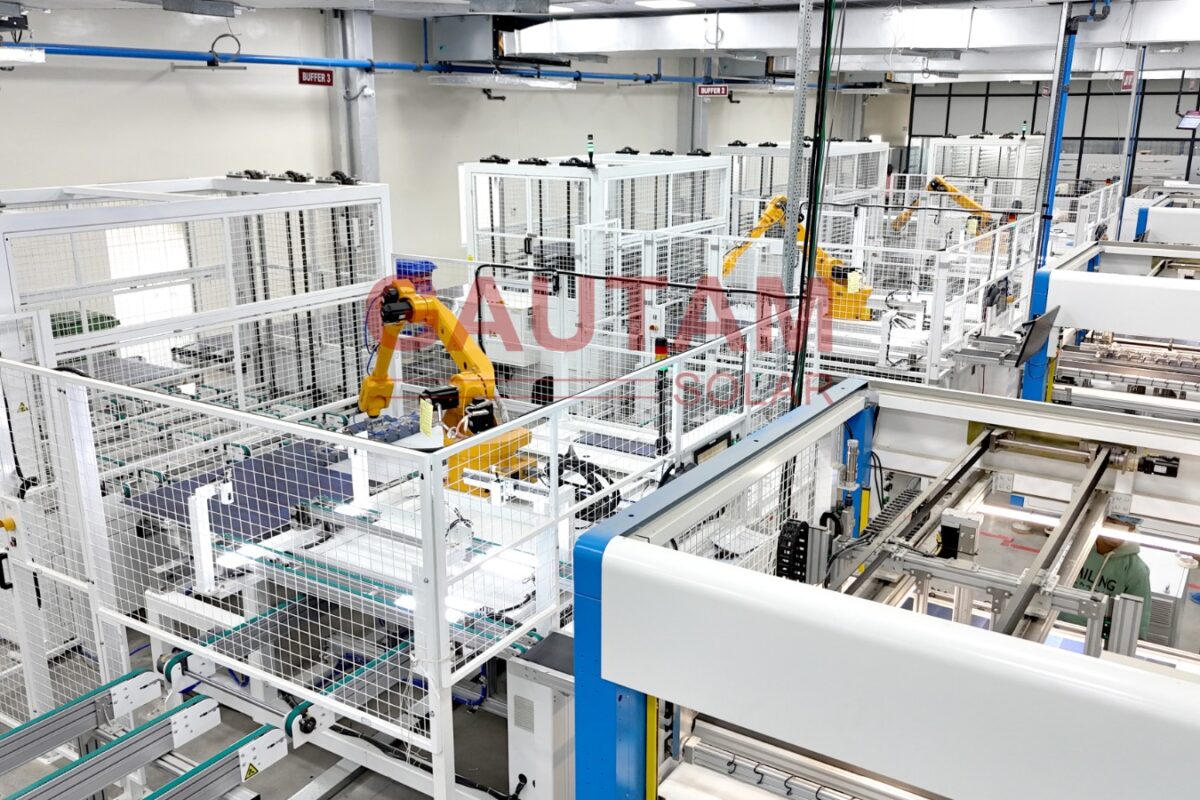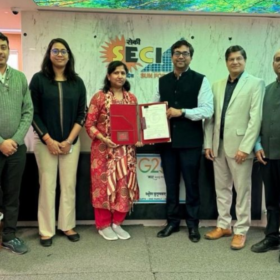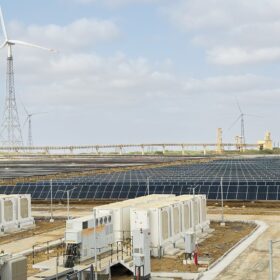India is set to exceed its 2030 Nationally Determined Contribution (NDC) target of reducing emissions intensity of GDP by 45%, according to a new emissions modelling analysis by the Council on Energy, Environment and Water (CEEW) and the Alliance for an Energy Efficient Economy (AEEE). The study, published in Energy and Climate Change jornal, projects a 48–57% reduction in energy sector emissions intensity from 2005 levels by 2030.
However, achieving net zero by 2070 will require additional policy interventions, centred around carbon pricing, along with power pricing reforms, fiscal support for clean technologies, enhanced energy efficiency, and behaviour change initiatives.
The study, A new scenario set for informing pathways to India’s next Nationally Determined Contribution and 2070 net-zero target: Structural reforms, LIFE, and Sectoral Pathways, evaluates 18 scenarios using the India-specific Global Change Analysis Model (GCAM) developed by CEEW. It suggests that India’s 2035 NDC could aim for a 55–66% reduction in emissions intensity relative to 2005 and a 60–68% share of non-fossil fuels in installed power capacity, balancing its economic growth ambitions with climate priorities.
“Since the Paris Agreement, India has demonstrated climate leadership on several fronts. It has also proven that growth and emissions reduction can happen together. This paper reaffirms that with decisive reforms—across electricity pricing, industrial planning, nuclear electricity, lifestyle change, and urban mobility—India can significantly bend its emissions curve towards net zero,” said Vaibhav Chaturvedi, Senior Fellow, CEEW.
Satish Kumar, president and executive director, AEEE, said, “By integrating key energy efficiency parameters as endogenous variables in the underlying climate model, our paper breaks new ground in capturing the real-world potential of demand-side interventions. This approach makes the model more robust and reflective of India’s development realities. It also signals a shift toward more holistic climate policymaking where both the demand and supply side are examined in tandem, unlocking co-benefits across equity, resilience and sustainable growth.”
The CEEW-AEEE analysis also considers a high-growth scenario aligned with the Viksit Bharat vision—marked by strong GDP growth and an increasing share of manufacturing. It finds that such a scenario would lead to 63% higher absolute emissions by 2070, compared to BAU. However, the emissions intensity of GDP would still fall by 3% relative to BAU, due to greater adoption of efficient technologies and deeper integration of renewables in India’s energy mix. This reduction could be even higher if Indian industries prioritise electricity-driven, low-emission manufacturing sectors, such as semiconductors.
One of the most compelling findings of the CEEW-AEEE analysis is the potential of behavioural and lifestyle changes such as reduced private vehicle use, adoption of energy-efficient appliances, and optimised residential energy use–modelled under India’s Mission LiFE framework. These could deliver up to 10% emissions reductions by 2050 relative to BAU, as well as reduce the pressure on land resources. Policies that mandate energy-efficient products and prioritise their procurement could deliver substantial gains at relatively low costs.
The CEEW-AEEE analysis also finds that rationalising electricity tariffs is critical to unlocking clean energy transitions across sectors. Lower tariffs for industrial and commercial users could accelerate electrification and boost clean energy uptake. Higher residential tariffs, on the other hand, could make rooftop solar more attractive—provided low-income households continue receiving targeted support. These reforms also highlight the need to strengthen grid infrastructure to improve price signals and manage rising electricity demand.
This content is protected by copyright and may not be reused. If you want to cooperate with us and would like to reuse some of our content, please contact: editors@pv-magazine.com.









By submitting this form you agree to pv magazine using your data for the purposes of publishing your comment.
Your personal data will only be disclosed or otherwise transmitted to third parties for the purposes of spam filtering or if this is necessary for technical maintenance of the website. Any other transfer to third parties will not take place unless this is justified on the basis of applicable data protection regulations or if pv magazine is legally obliged to do so.
You may revoke this consent at any time with effect for the future, in which case your personal data will be deleted immediately. Otherwise, your data will be deleted if pv magazine has processed your request or the purpose of data storage is fulfilled.
Further information on data privacy can be found in our Data Protection Policy.